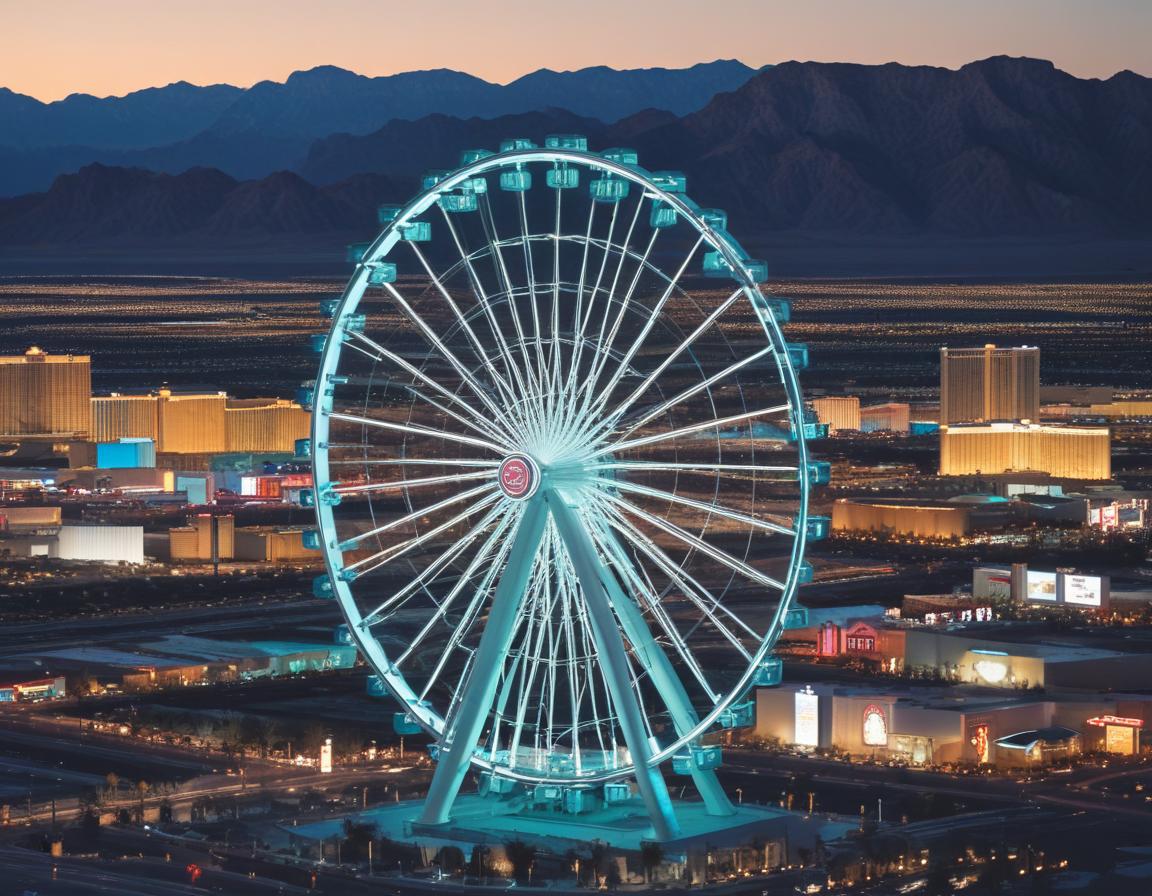The United States is grappling with a widespread tourism slump, significantly impacting its vibrant meetings, incentives, conferences, and exhibitions (MICE) sector. Major cities nationwide are experiencing a considerable decline in visitor numbers, signaling a broader economic shift and evolving travel patterns. This downturn is not merely a seasonal fluctuation but a persistent challenge that necessitates adaptive strategies across the industry to revitalize destinations and attract visitors.
New York City, a global tourism magnet, faces substantial setbacks, with projections indicating a loss of two million foreign visitors and a $4 billion decrease in revenue for 2025. Factors such as shifts in U.S. foreign policy and increased tariffs, particularly affecting Canadian travelers, have contributed to this decline. The absence of cornerstone events like InfoComm and Cisco Live further exacerbates the situation, leading to a notable 10.7% drop in convention attendance and significant revenue losses for businesses catering to international visitors.
Las Vegas, renowned for its dynamic entertainment and gaming industries, has also been profoundly affected, witnessing an 11.3% visitor drop in June 2025 compared to the previous year. This decline has directly impacted hotel occupancy rates, which fell to 78.7% overall, with midweek occupancy even lower. Crucially, the city’s MICE industry, a foundational economic pillar, saw convention attendance plummet by 10.7%, primarily due to the absence of major events held in prior years, creating a ripple effect across local businesses.
California, with key hubs like Los Angeles and San Francisco, reports a 9.4% decline in international tourism for 2025. This downturn is largely driven by reduced travel from Canada and Asian nations, compounded by increased visa restrictions and higher travel costs. The state’s reliance on international visitors, especially from the Pacific Rim, makes it particularly vulnerable, with its MICE sector struggling to meet expected attendance levels at large conventions and events.
Beyond these major states, Hawaii, Portland, Michigan, and Washington are contending with similar travel industry challenges. Hawaii experienced a 6% decrease in international visitors due to high airfares and increased competition from other Pacific destinations. Portland saw a 2.7% drop in tourism revenue, while Michigan anticipates losing 17.3% of its international visitors in 2025, impacting its MICE sector. Seattle, Washington, reports a significant 26.9% decrease in international overnight visitors, underscoring the broad scope of the nationwide tourism downturn.
The broader MICE industry impact across the U.S. in 2025 is characterized by a widespread decline in convention and business event attendance, ranging from 7-10%. This is exacerbated by increased operational costs, prevailing economic uncertainty, and evolving travel habits. The lower attendance at these crucial events has a tangible ripple effect on local economies, reducing hotel occupancy, transportation demand, and revenue for various local businesses. Cities must adapt by focusing on diverse events, including smaller, niche conferences and exploring hybrid models to accommodate changing preferences.
In Las Vegas, the hotel occupancy rates and airport traffic further underscore the tourism struggles. Harry Reid International Airport recorded a 6.3% decrease in passenger counts for June, reflecting cautious consumer spending. Hotel RevPAR (Revenue Per Available Room) on the Strip notably dropped by 13.5%, directly linked to lower occupancy and reduced room rates. However, amidst these challenges, the gaming sector has shown remarkable resilience, with the state’s gaming win increasing by 3.53% year-over-year, indicating continued demand for its core entertainment offerings.
The multifaceted US tourism decline in 2025 presents significant hurdles, driven by economic uncertainty, policy shifts, and heightened global competition. Cities like New York, Las Vegas, and California must adapt by diversifying their tourism offerings beyond traditional attractions, exploring niche markets such as eco-tourism or wellness, and embracing digital innovation. By focusing on sustainability, enhancing the visitor experience, and strategically attracting a broader demographic, these destinations can work to reverse current trends and reinforce their position as leading global travel hubs.






Leave a Reply